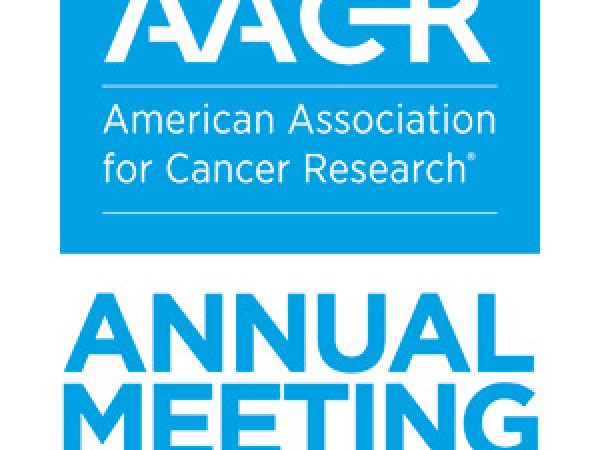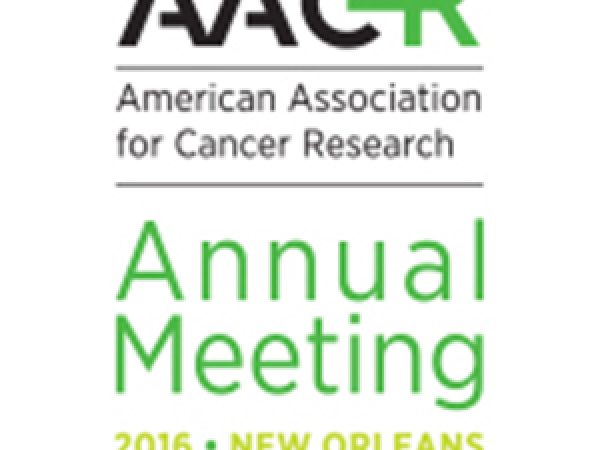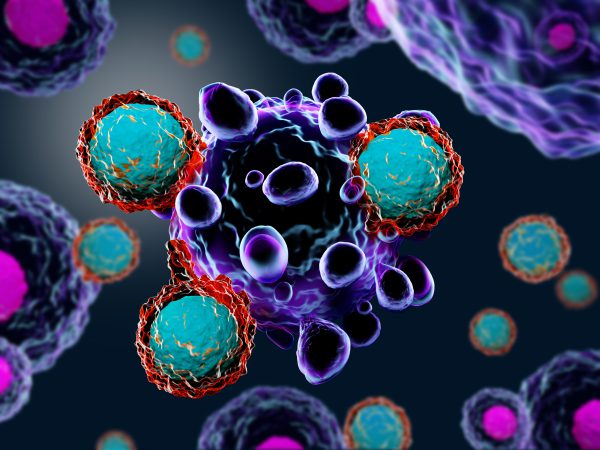New Open Access Journal, Cancer Research Communications, Expands the Reach of the AACR Journals
The recently launched Cancer Research Communications (CRC) is the latest addition to the AACR’s journal portfolio. The new journal is open access and covers the full spectrum of cancer science and medicine, from basic and translational scientific investigations to early- and late-phase clinical trials, epidemiologic studies, and outcomes research. The journal’s nine sections reflect its broad scope: molecular and cellular biology, tumor biology, immuno-oncology, emerging technologies and data science, therapeutic research and development, precision medicine and biomarkers, clinical research and trials, epidemiology and prevention, and health disparities and outcomes research.

This wide range of topics is represented by the different and complementary fields of expertise of the two Editors-in-Chief, cancer genetics and genomics expert Elaine R. Mardis, PhD, FAACR, of Nationwide Children’s Hospital, and medical oncologist and translational researcher Lillian L. Siu, MD, of the Princess Margaret Cancer Centre.
“Our goal is to accelerate the pace of cancer discovery by getting new results to the scientific community quickly so that they can stimulate new ideas and more exciting research,” said Siu, who was a member of the AACR Board of Directors from 2017 to 2020. The journal has assembled a team of senior editors who will develop the scope and emphasis of each section. They have supported the recruitment of associate editors with specific sub-domain expertise. “They will help us really flesh out and uncover new trends and topics in these major research areas,” said Mardis.
“We are thrilled about the new journal, enthusiastic about working together, and look forward to welcoming manuscripts submitted across the breadth of cancer research, which will engage the range of expertise in our readership, provide new insights, and present opportunities to explore and learn,” said Mardis, who served as AACR President in 2019-2020 and was a member of the AACR Board of Directors from 2015 to 2018.

The editors identified four major criteria for editorial consideration:
Value. CRC seeks to publish valuable, citable studies that might not be a good fit for other AACR journals but still represent a tangible advance in the field, using criteria beyond novelty and broad applicability when assessing a study. “Is it going to inspire new discoveries down the line, or does it have the potential to alter the therapeutic development or potentially even clinical practice within the near to midterm? These are important questions for us, but confirmatory or negative results that address long-standing controversies or questions can also be of great value to the research community. CRC will consider studies of these types as well,” said associate editor Lucas Brand, PhD.
Technical quality. The editors note that rigorous research supported by adequate validation will be of interest even if it is not complete or comprehensive. Using an adequate number of samples, appropriate experimental controls and statistical methods, and making sure the experiments coherently address the research question will all be important criteria for inclusion. “The journal is open to technically sound studies that present advances in scientific understanding or methodology with or without mechanistic insights, as well as new resources and models that may have broad appeal for cancer research across the spectrum,” Brand added.
Reproducibility. CRC manuscripts will include detailed description of methods to allow other researchers to replicate the results, and authors will make reagents, data, and other resources available to the community.
Accessibility. “One of our goals is to increase the cross-pollination of ideas from basic to clinical and population sciences, so we want to make sure that the studies we publish clearly present the rationale, main finding, and conclusions in a way that is easy to understand by readers who may not be subject matter experts in the topic of the paper,” said Brand.
“Aiming at a broad base and bringing in studies from across the spectrum of different types of research, we hope to encourage people to read articles that they might not typically access,” added Siu.
One of the inaugural articles, authored by Joshua Parris, PhD, and Maureen Murphy, PhD, from The Wistar Institute, and included in the tumor biology section, addressed the interesting observation that MEK inhibitors are more effective on NRAS-positive melanoma cells when these are co-cultured with astrocyte brain cells. The authors found that MEK inhibition results in increased expression of the ID3 transcription factor in melanoma cells, which confers resistance to the treatment, but not in the presence of astrocytes. They also showed that ID3 interacts with the HSP70 protein and that treating melanoma cells with an HSP70 inhibitor increases their sensitivity to MEK inhibitor therapy in preclinical models, indicating the combination of MEK and HSP70 inhibitors as a promising therapeutic strategy.
According to the editors, this research might be deemed too early-stage for some clinical journals, which tend to emphasize studies that are closer to affecting clinical practice. However, it was a great fit for CRC because it charts a novel avenue to improve treatment of NRAS-mutant melanoma that poses major therapeutic challenges.
“CRC is going to provide a home for studies that are of high interest but earlier on in the drug development pipeline,” Mardis commented.
A paper that was published in the immuno-oncology section by Makoto Ando and Akihiko Yoshimura, PhD, from Keio University School of Medicine in Japan, addressed an important problem that hinders the effectiveness of CAR T-cell technology. Because CAR T cells are chronically activated, they eventually become exhausted and go into an anergic state in which they no longer kill tumor cells. The authors developed a cell culture system to rejuvenate these CAR T cells by exposing them to specific cytokines in the growth medium that revert them into what is called a stem-cell memory state. The editors felt that this study highlighted an approach that could potentially be incorporated into therapeutic development and clinical practice down the line and, therefore, was an example of research that needs to be communicated rapidly.
Another good representation of the type of studies CRC seeks to publish is a paper by Glenn Hanna, MD, from Dana-Farber Cancer Institute, published in the precision medicine and biomarkers section. This study looked at ways to stratify and identify high-risk cases of leukoplakia, a disorder of the oral mucosa that can be broadly divided into a localized, benign form and an aggressive, proliferative form that is associated with poor outcomes. The study authors discovered that PD-L1 is highly expressed on the more proliferative lesions. There are no reliable ways to differentiate between these two forms of leukoplakia early on in the disease course, so, according to the editors, this study was relevant because it identified a potential biomarker for high-risk cases and indicated a potential therapeutic target.
An article by Marco Magistri, PhD, and Izidore Lossos, MD, from Sylvester Comprehensive Cancer Center, included in the emerging technologies and data science section, described a DNA sequencing study that was performed in a very rare form of lymphoma called ocular adnexa MALT lymphoma that develops in the eye. Because of its rarity, no big data resources are available. Through whole genome sequencing of 69 tumors, the authors identified the genetic landscape of this cancer and new genetic alterations that might serve as therapeutic targets. Even though this work did not include in-depth mechanistic studies, it addressed a pronounced gap in the literature related to big data resources and driver mutations in this rare tumor type, so the editors found it was worthy of publication.
The editors and staff at CRC look forward to publishing impactful studies that will help shape the landscape of cancer research in the years to come.



